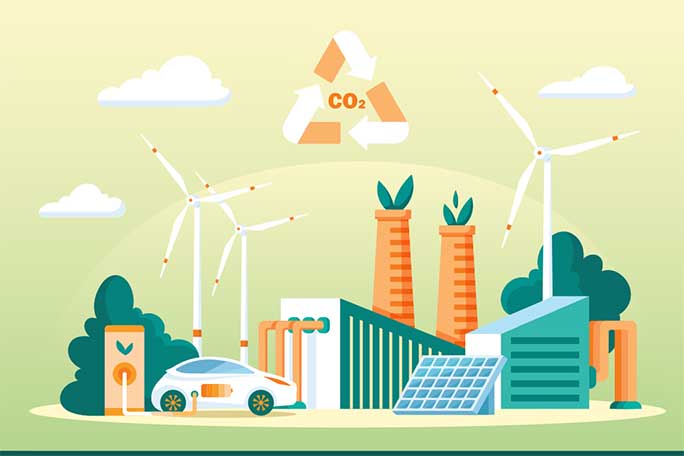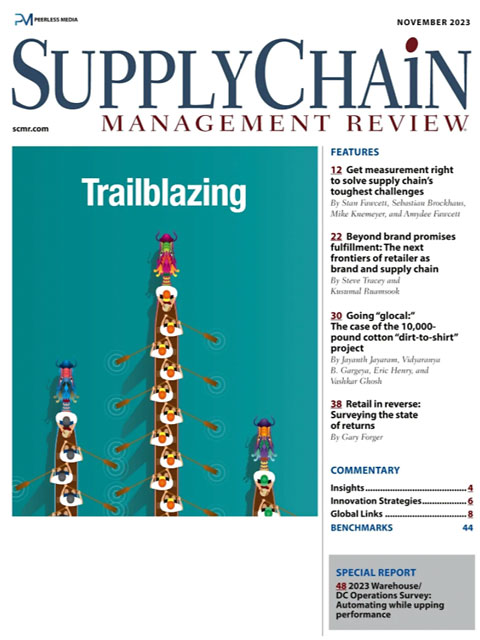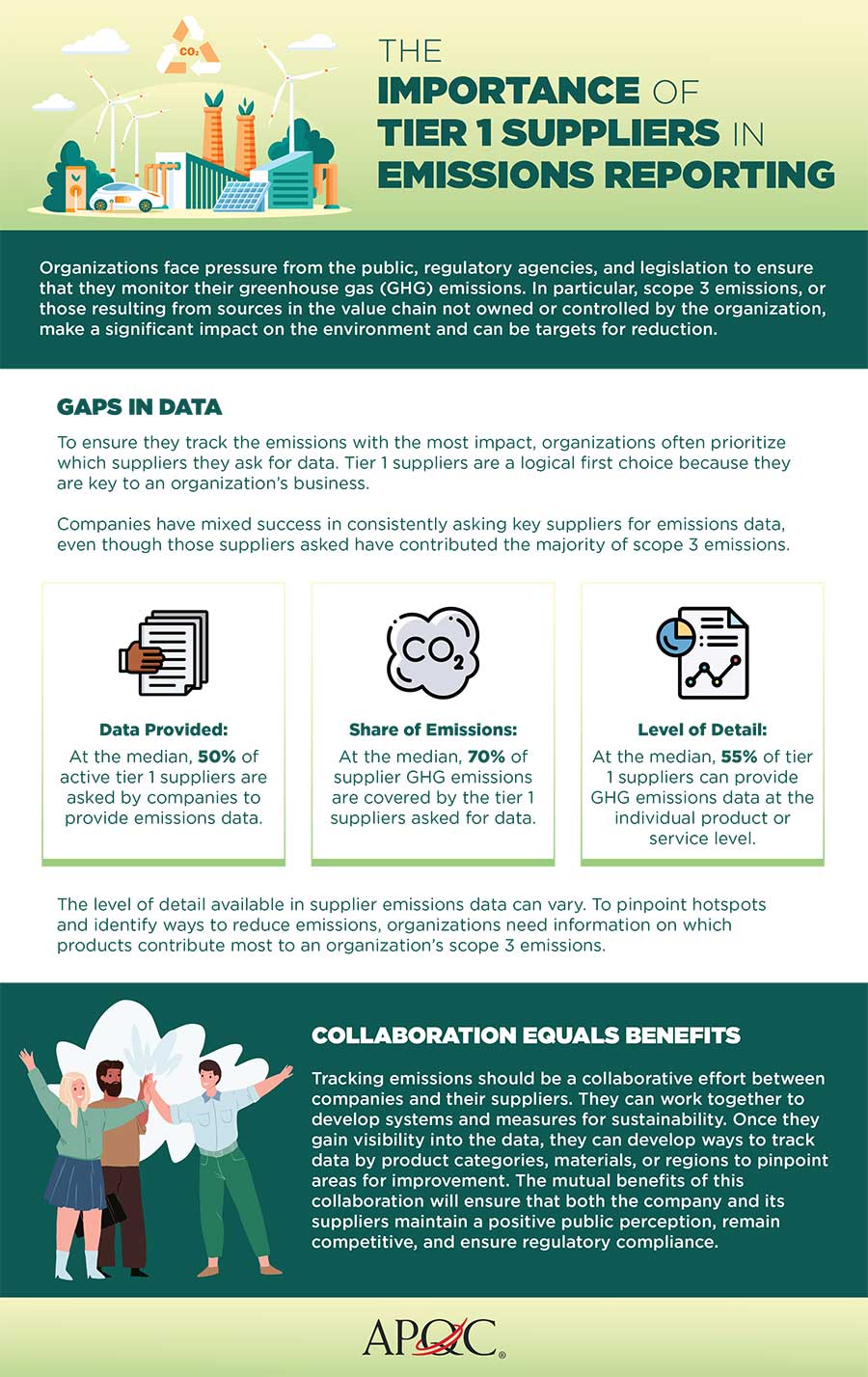Sorry, but your login has failed. Please recheck your login information and resubmit. If your subscription has expired, renew here.
November 2023
Last month, I had the pleasure of attending the NextGen Supply Chain Awards in Chicago. It was my first time attending the conference, which was in its fifth year, and I came away impressed with both the content and the quality of professionals I met in Chicago. This year’s conference—Strategies for a Digital Future—featured nearly 50 speakers and included CEOs and senior vice presidents, founders and innovators, leading academics and researchers, and top consultants. Over two days of the event at the Chicago Athletic Association, we learned more about artificial intelligence and predictive analytics, robotics and machine learning, fulfillment… Browse this issue archive.Need Help? Contact customer service 847-559-7581 More options
Organizations face pressure from the public, regulatory agencies, and legislation to ensure that they monitor their greenhouse gas (GHG) emissions. In particular, scope 3 emissions, or those resulting from sources in the value chain not owned or controlled by the organization, make a significant impact on the environment and can be targets for reduction.
Gaps in Data
To ensure they track the emissions with the most impact, organizations often prioritize which suppliers they ask for data. Tier 1 suppliers are a logical first choice because they are key to an organization’s business.
Companies have mixed success in consistently asking key suppliers for emissions data, even though those suppliers asked have contributed the majority of scope 3 emissions.
The level of detail available in supplier emissions data can vary. To pinpoint hotspots and identify ways to reduce emissions, organizations need information on which products contribute most to an organization’s scope 3 emissions.
Tracking emissions should be a collaborative effort between companies and their suppliers. They can work together to develop systems and measures for sustainability. Once they gain visibility into the data, they can develop ways to track data by product categories, materials, or regions to pinpoint areas for improvement. The mutual benefits of this collaboration will ensure that both the company and its suppliers maintain a positive public perception, remain competitive, and ensure regulatory compliance.
Read the related APQC Benchmarks article here.
View the full size infographic here
SC
MR
Sorry, but your login has failed. Please recheck your login information and resubmit. If your subscription has expired, renew here.
November 2023
Last month, I had the pleasure of attending the NextGen Supply Chain Awards in Chicago. It was my first time attending the conference, which was in its fifth year, and I came away impressed with both the content and… Browse this issue archive. Access your online digital edition. Download a PDF file of the November 2023 issue.Organizations face pressure from the public, regulatory agencies, and legislation to ensure that they monitor their greenhouse gas (GHG) emissions. In particular, scope 3 emissions, or those resulting from sources in the value chain not owned or controlled by the organization, make a significant impact on the environment and can be targets for reduction.
Gaps in Data
To ensure they track the emissions with the most impact, organizations often prioritize which suppliers they ask for data. Tier 1 suppliers are a logical first choice because they are key to an organization’s business.
Companies have mixed success in consistently asking key suppliers for emissions data, even though those suppliers asked have contributed the majority of scope 3 emissions.
The level of detail available in supplier emissions data can vary. To pinpoint hotspots and identify ways to reduce emissions, organizations need information on which products contribute most to an organization’s scope 3 emissions.
Tracking emissions should be a collaborative effort between companies and their suppliers. They can work together to develop systems and measures for sustainability. Once they gain visibility into the data, they can develop ways to track data by product categories, materials, or regions to pinpoint areas for improvement. The mutual benefits of this collaboration will ensure that both the company and its suppliers maintain a positive public perception, remain competitive, and ensure regulatory compliance.
Read the related APQC Benchmarks article here.
View the full size infographic here
SC
MR


More Sustainability
- Few executives believe their supply chains can respond quickly to disruptions
- Investor expectations influencing supply chain decision-making
- 40% of procurement leaders ignoring sustainability, study reveals
- How to Create Real Retailer-Brand Loyalty
- Rethinking Strategy for a Circular World
- Supply Chain Sustainability Pressures Persist
- More Sustainability
Latest Podcast

 Explore
Explore
Topics
Procurement & Sourcing News
- Israel, Ukraine aid package to increase pressure on aerospace and defense supply chains
- How CPG brands can deliver on supplier diversity promises
- How S&OP provides the answer to in-demand products
- There is still work to do to achieve supply chain stability
- Blooming success: The vital role of S&OE in nurturing global supply chains
- How one small part held up shipments of thousands of autos
- More Procurement & Sourcing
Latest Procurement & Sourcing Resources

Subscribe

Supply Chain Management Review delivers the best industry content.

Editors’ Picks







